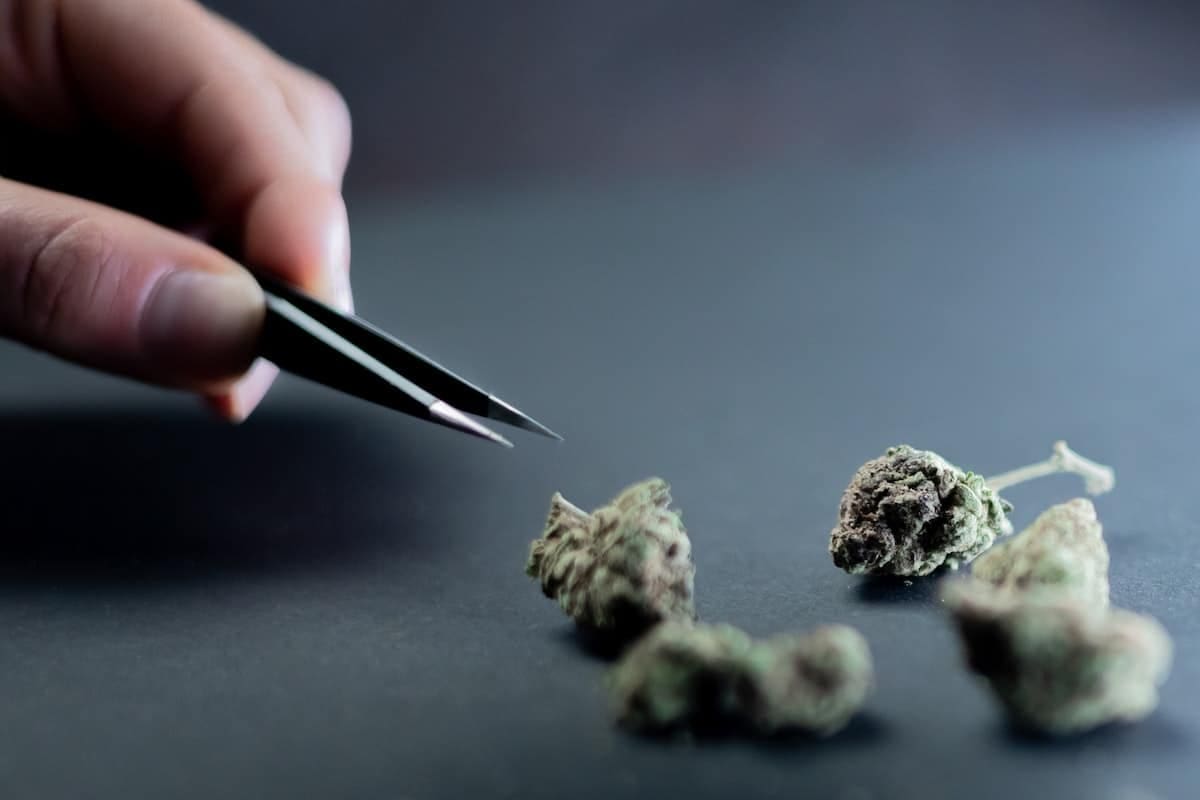In the kaleidoscopic world of wellness and recreation, 2025 marks the year hemp-derived THC doesn’t just knock on the door—it kicks it wide open. Once a whisper in the shadows of cannabis culture, this federally legal cousin to marijuana has exploded into a $3.5 billion juggernaut, up from a modest $200 million in 2020. Projections whisper of $4.4 billion by 2029, but the real story pulses in the veins of everyday consumers chasing calm amid chaos. Picture this: a harried millennial mom microdosing gummies during her commute, or a boomer grandpa savoring a THC seltzer that eases his arthritic twinges without the haze of prohibition-era paranoia. Hemp-derived THC, born from the 2018 Farm Bill’s loophole allowing under 0.3% Delta-9 THC, isn’t just legal—it’s liberating. Sales of Delta-8 THC variants alone rocketed to $2.8 billion by 2023, outpacing many traditional weed categories. This boom isn’t hype; it’s a seismic shift, fueled by savvy regulations and a society starved for accessible euphoria. As the broader U.S. cannabis market swells to $45.3 billion this year, hemp THC carves its niche as the approachable rebel, drawing in 18% of former cannabis users lured by lower costs and corner-store convenience.
Millennial Mirage: Demographics Redefining the High
Forget the stereotype of tie-dye hippies; 2025’s hemp THC aficionado is more likely scrolling TikTok than tuning in on Woodstock reruns. Millennials, that sandwiched generation navigating gig economies and existential dread, helm this charge with fervor. Brightfield Group’s pulse-check reveals their dominance in adoption rates, snapping up low-dose edibles and vapes like digital natives conquering a new app. But the plot thickens: women now comprise over a third of U.S. cannabis consumers, eclipsing men for the first time, and they’re flocking to hemp for its subtle sophistication. Why? Affordability meets autonomy—products 20-30% cheaper than dispensary dubs, sans the stigma. Boomers aren’t sidelined; they’re sprinting in, with surveys showing 40% of those over 55 experimenting for pain relief, from creaky knees to chronic insomnia. Across ages 21 to 80, this demographic mosaic paints a portrait of inclusivity: urban professionals microdosing for focus, rural retirees replacing happy hour with hazy herbal teas. The result? A market where 42% of edible enthusiasts opt for 2.5-5mg doses, blending buzz with balance in a world that demands both.
Serenity Seekers: Wellness as the Ultimate Euphoria
Health isn’t a side quest in 2025—it’s the holy grail propelling hemp THC purchases. Consumers aren’t chasing couch-lock; they’re hunting harmony. Top motivations? Stress shredding tops the list, with 65% citing anxiety alleviation as their North Star, per industry trackers. Sleep, that elusive unicorn, lures 52%, as low-THC tinctures promise slumber without the groggy aftermath of pharmaceuticals. Enter the wellness warriors: yoga instructors infusing pre-class potions for zen, athletes swapping opioids for recovery elixirs that dial down inflammation without derailing training. Hemp’s entourage effect—THC dancing with CBD and terpenes—amplifies this allure, offering nuanced neurochemical nudges. Figures bear it out: the CBD subset alone balloons from $9 billion in 2024 to $22 billion by 2030, but THC’s intoxicating edge steals the spotlight for those craving more than mellow. Motivations morph monthly; post-pandemic, 70% report using these products for mental clarity, turning what was once vice into virtue. It’s not about getting high—it’s about getting higher functioning, one calibrated cannabinoid at a time.
Bubbly Buzz: Beverages Bubbles to the Top
Raise a glass to the sippers stealing the show: hemp-derived THC drinks, forecasted to fizz to $600 million in 2025, up from $382 million last year—a staggering 57% leap. From lemony lemonades to mocktail marvels, these effervescent elixirs embody the trend’s playful pivot. Why the thirst? Alcohol’s hangover hex is history for 55% of adopters, who trade tequila sunrises for THC sunsets that hydrate rather than dehydrate. Sales spiked 2,000% in select stores from May to July 2024, with variety packs like Wynk’s 5mg wonders flying off shelves. Flavors reign supreme—citrus zings and berry blasts mask any herbal hint, making mocktails mainstream. In states like New York and Minnesota, where sales ignited in 2023, consumers aged 25-44 lead, drawn to “active” infusions for gym glow-ups or “sleep” sips for midnight unwind. Regulations ripple: over 20 states greenlight these, but federal Farm Bill tweaks loom, potentially capping the party. Yet, with 0.9% of total cannabis sales already beverage-bound, this category’s carbonation shows no signs of going flat—it’s the effervescent embodiment of 2025’s sophisticated swill.
Palate Pioneers: Taste Takes the Throne
Gone are the days of dank drafts; 2025’s hemp THC odyssey is a gourmet gambit, where flavor forges fidelity. Consumers, pampered by craft cocktail culture, demand delights that dazzle the tongue—gourmet gummies bursting with guava, vapes vaping vanilla orchids. Price and potency play second fiddle; 62% prioritize palatability, per retail rundowns, shunning the skunky aftertaste of yore. This sensory shift stems from innovation: nano-emulsification tech ensures even distribution, turning tinctures into treats. Edibles, the darlings of the data, climb to $14.8 billion market-wide, with hemp variants leading the low-dose charge. Motivations mingle here—42% seek “fun without the funk,” blending social sips with solo indulgences. Brands like Cycling Frog croak success with cranberry crushes, while Surdyk’s gummies gild the lily with 10mg precision. It’s a feast for the finicky, where hemp THC transcends token to tantalize, proving that in the pursuit of pleasure, the path to the palate paves paradise.
Terra Tender: Sustainability’s Seductive Pull
Mother Nature’s nod propels another pillar: eco-ethics enthrall 48% of buyers, who view hemp as the green guardian of the galaxy. This crop, guzzling less water than cotton and sequestering carbon like a leafy lung, whispers sustainability siren songs. Consumers crave cradle-to-crave transparency—organic certifications and farm-fresh footprints factor into 35% of carts. Motivations deepen: in a climate-anxious era, hemp THC feels like redemption, a renewable riff on recreation. Market metrics mirror this: the overarching hemp sector surges from $20 billion in 2024 to $60 billion by 2030 at 20.2% CAGR, buoyed by biodegradable packaging and regenerative ag. Brands broadcasting blockchain-tracked beans win wallets, turning purchases into planetary protests. It’s not mere marketing; it’s a manifesto, where every edible echoes earth’s endurance, motivating masses to mellow with a moral compass.
Labyrinth Liberators: Legality’s Lush Liberation
The allure of the legal lane lanes the love affair—accessibility trumps all, with 75% of newbies nodding to nationwide nook-and-cranny availability. Gas stations stocking seltzers? Grocery aisles glowing with gummies? This omnipresence outshines shadowy dispensaries, especially in the 14 states still cannabis-dry. Motivations mount: 28% migrate for mobility, dodging legal landmines for laissez-faire luxury. State-by-state statutes stutter—Delta-8 banned in 20 spots, THCA flower frowned upon elsewhere—but the Farm Bill’s buffer breeds boldness. Potential 1% THC threshold hikes could catapult categories, yet current clarity catalyzes confidence. For the 79% of Americans in legal locales, hemp THC is the bridge from black market to bright future, fueling purchases with freedom’s fresh breath.
Echo Chambers Elevated: Social Sparks Ignite
Buzz begets buzz—social media’s alchemy turns personal highs into communal catharsis. TikTok tutorials on tincture timing rack views, while Instagram influencers infuse aesthetics into after-work rituals. Motivations? Connection craves curation; 60% share sessions for solidarity, from sober-curious squads to wellness webinars. X (formerly Twitter) threads tease trends, amplifying aspirational arcs. This viral vortex validates, with user-generated content converting curiosity to carts 3x faster. In 2025, hemp THC isn’t solitary—it’s symphonic, a shared symphony sustaining the surge.
Horizon Haze: Peering into Tomorrow’s High
Gaze forward: hemp THC’s trajectory tilts toward $26 billion by 2032, with beverages and beauty blurring boundaries. Regulatory reckonings may refine, but resilience reigns. Consumers will command customization—AI-tailored doses, perhaps—while global gates creak open. The boom? Boundless, beckoning bolder innovations.
Epilogue: Hemp’s Harmonious Horizon
As 2025 unfurls, hemp-derived THC isn’t a trend—it’s a transformation, threading wellness, whimsy, and wisdom into daily tapestries. From sips to serenity, motivations meld into a movement, propelling purchases with purpose. The green rush rolls on, inviting all to ride the wave.
Seize the $3.5B hemp-derived THC surge exploding in 2025! Millennials and boomers alike crave our nano-emulsified edibles, zesty beverages, and wellness tinctures—delivering precise 2.5-5mg doses for stress relief (65% top motivator), better sleep (52%), and eco-sustainable highs. Outpace competitors with federally legal, flavor-forward innovations: guava gummies, cranberry seltzers, and entourage-effect elixirs that hydrate without hangovers. At NanoHempTechLabs, we pioneer palatability and planetary-friendly packaging, fueling 57% beverage growth and 42% low-dose edible dominance. Stock up now for inclusive, accessible euphoria—boost margins with our approachable rebel line.
Ready to wholesale the future? Schedule a call today.
Reference:
- Riell, M. and Henry, D. (2024). Consuming unregulated “diet weed”: the social context of motivations and risk among users of delta‐8 thc. Annals of Anthropological Practice, 48(1), 66-80. https://doi.org/10.1111/napa.12211
- Smith, B., Hoots, B., DePadilla, L., Roehler, D., Holland, K., Bowen, D., … & Sumner, S. (2023). Using transformer-based topic modeling to examine discussions of delta-8 tetrahydrocannabinol: content analysis. Journal of Medical Internet Research, 25, e49469. https://doi.org/10.2196/49469
- Suratkal, J., Trapl, E., Osborn, C., Vasu, P., & Moore, S. (2024). Availability and characteristics of hemp-derived psychoactive cannabis products: a pilot study in cleveland, ohio. Ohio Journal of Public Health, 6(2), 1-7. https://doi.org/10.18061/ojph.v6i2.9747





